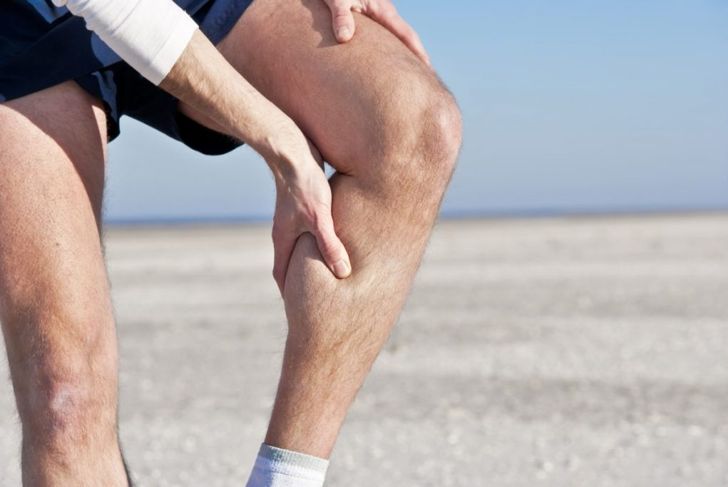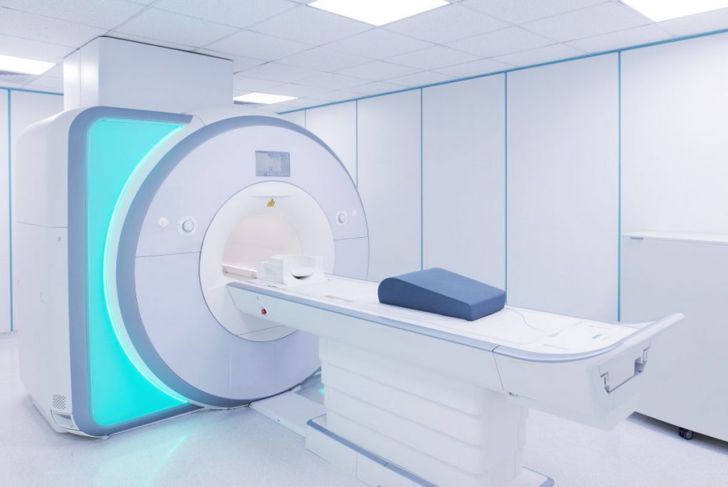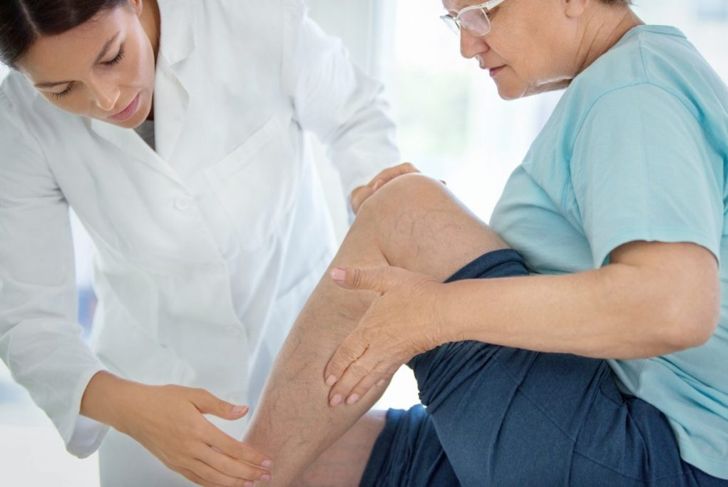Claudication is a common muscular condition brought on by exercise and often presents as painful cramps in the lower part of the leg caused by too little blood flowing to the muscles in this area. The discomfort is usually felt during walking and tends to go away again once exercise ends. However, some people with more sever cases feel pain even when they are not exercising.
Causes of Claudication
The primary cause of claudication is a hardening of the arteries. Because the arteries provide blood flow to muscles during periods of exercise, hardening prevents the muscles from receiving enough oxygen while in motion. Therefore, people with claudication experience painful leg cramps when they exercise. This pain usually wears off once the body is resting again because the muscles no longer require as much oxygen. However, when the condition has become more advanced, the pain may endure even during rest.
Symptoms
The most common symptom of claudication is cramping in the lower leg during exercise, which improves during rest unless the condition is severe. This pain is often dull, although some experience throbbing or burning. Occasionally, pain can reach the thighs and buttocks, as well. Although far less common, some individuals also experience pain in their arms. Because limited blood flow causes claudication, the toes may develop a blue tinge; sores, ulcers, and discoloration can also develop on the skin.
Risk Factors
Various factors place an individual at greater risk for developing claudication. Smoking, and high blood pressure or cholesterol, as well as obesity and diabetes, further increase the likelihood. Claudication is far more likely to affect people over the age of 70. A family history of hardened arteries or claudication also makes developing the condition more likely.
Diagnosis
Many people with claudication never receive a formal diagnosis. Because it mainly affects older individuals, they assume it is simply a symptom of getting older and fail to seek medical attention. If claudication is suspected, the doctor may check the pulse in the hands and feet and determine how much exercise it takes to induce the pain. A Doppler ultrasound can test blood flow to the legs, and an MRI or CT scan can check for evidence of hardened plaque in the arteries.
Treatment Options
A doctor may decide to treat claudication with various medications including blood thinners to prevent blood clots from developing. Medicines to improve blood flow may also be prescribed, along with cholesterol-lowering drugs if the tests show a hardening of the arteries. If the condition is severe, the doctor may recommend angioplasty, which involves feeding a tube into the affected artery and widening it using a special balloon. Fitting a stent during the surgery enables the artery to remain open and promote better blood flow.
Surgical Intervention
If the hardening of the arteries is severe, the doctor may recommend vascular surgery to treat the condition. During this type of surgery, a healthy artery from another part of the body replaces the blocked or hardened artery. This restores normal blood flow to the affected muscle and prevents the pain of claudication.
Self-Help Measures
Fortunately, some simple, common-sense measures can be taken to improve the symptoms of claudication at home. The most effective method is to give up smoking, the most common risk factor for developing claudication in the first place, and making it worse. Exercising can also be helpful, although it may cause pain. Over time, it is possible to train the leg muscles to utilize oxygen more efficiently, reducing pain. A doctor can recommend a suitable exercise regime.
When to Seek Help
Anyone experiencing pain or cramping in their legs or arms that worsens with exercise should seek medical attention. While the pain itself is not dangerous, developing claudication is a sign of hardening in the arteries, which can lead to more serious conditions if not treated. Furthermore, the pain caused by claudication can get in the way of enjoying day-to-day activities.
Exercise for Claudication
Doctors often recommend walking exercise for people with claudication. This should be done daily to begin to retrain the muscles, resting when feeling pain, and waiting until the pain subsites to continue. Over time, this will train the muscles to operate more efficiently on the limited blood supply available. The individual may only be able to walk very small distances at first. However, the distance the individual can walk without pain should gradually increase over time.
Complications
If the underlying causes of claudication are left untreated, people can begin to feel constant pain in the affected limbs, even when they are not exercising. The poor circulation that causes claudication can also lead to ulcers and prevent limb injuries from healing properly. This can lead to gangrene, which in serious cases can require limb amputation.

 Home
Home Health
Health Diet & Nutrition
Diet & Nutrition Living Well
Living Well More
More




















